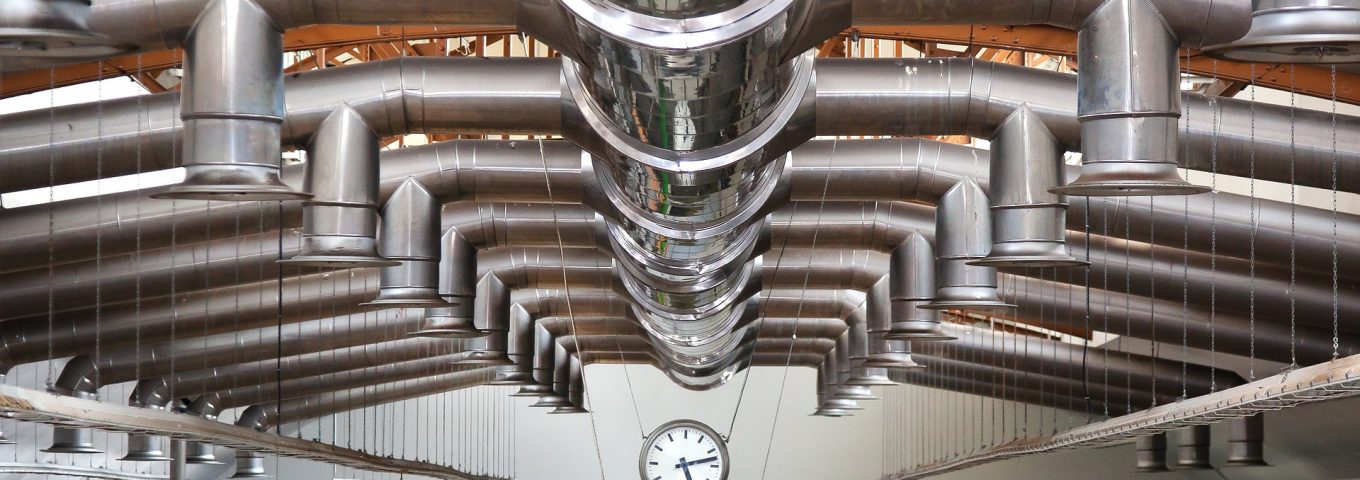What are the three types of industrial ventilation?
As an employer, if your employee workspace emits fumes, gases, vapours, dust or other pollutants then you have a duty of care to keep your employees safe. Industrial ventilation is vital as aforementioned substances not only make a place of work uncomfortable and unpleasant, they can also cause permanent damage to the health of your workers.
In order to keep your staff safe and healthy, adequate industrial ventilation is a must.
There are three main types of ventilation:
- Natural Ventilation
- Diluting General Ventilation
- Exhaust Ventilation
Natural Ventilation
Natural Ventilation is pretty much as it sounds – natural ventilation that occurs in the work environment; openings in the ceiling, windows, doors and natural ventilation through the floor. This encompasses anything that allows the circulation of ambient air, getting rid of any harmful air coming from machinery and bringing in clean air to the space.
While this is adequate and suitable for many working environments, it is unsuitable as the only means of ventilation in an industrial workplace.
Diluting General Ventilation
A Diluter System (link) is a stand-alone general filtration system, developed to reduce and control the background concentration of fumes in a workshop / factory.
Used in conjunction with Natural and Exhaust Ventilation, Diluting General Ventilation can be useful in industrial workplaces such as welding workshops, garages, and other places with a high level of fumes released into the air.
Exhaust Ventilation
The most efficient industrial ventilation system to prevent a build-up of contaminants in the air, Exhaust Ventilation is a must in many work environments to prevent employees from inhaling polluting substances.
Local Exhaust Ventilation (LEV) captures fumes, dust, gases mists and vapours at their source, which means that they can not escape into the air in the workplace.
Your extraction system should enclose the process as much as possible and be easy for workers to use. This could be via the use of an adequately sized hood or booth.
Adequate training should be given to all new and existing employees, and it is important to ensure that your system is maintained and tested (link) regularly to ensure compliance and effective ventilation.
Capturing and containing harmful substances before they are leaked into the air of the working environment helps to keep your workforce safe and well. Installing a commercial ventilation system is therefore crucial for maintaining optimal indoor air quality.
It must be stated that all pollutants must be filtered and discharged to a safe place and this must be checked and tested regularly (link).
It is important when installing a Local Exhaust Ventilation system that you employ a company that can avoid the various and common errors which include:
- Choosing the wrong size of hood for current and possible future use
- Not ensuring adequate airflow
- Placing the hood too far away from the process, reduces effectiveness of removing fumes
- Not putting into place an adequate and regular checking system to ensure that the ventilation is working at optimum performance at all times
- No workforce education and training to ensure that they understand the importance of effective ventilation
If you are an employer with a workforce in an industrial setting, and you want to find out more about all types of industrial ventilation systems, why not give us a call?

